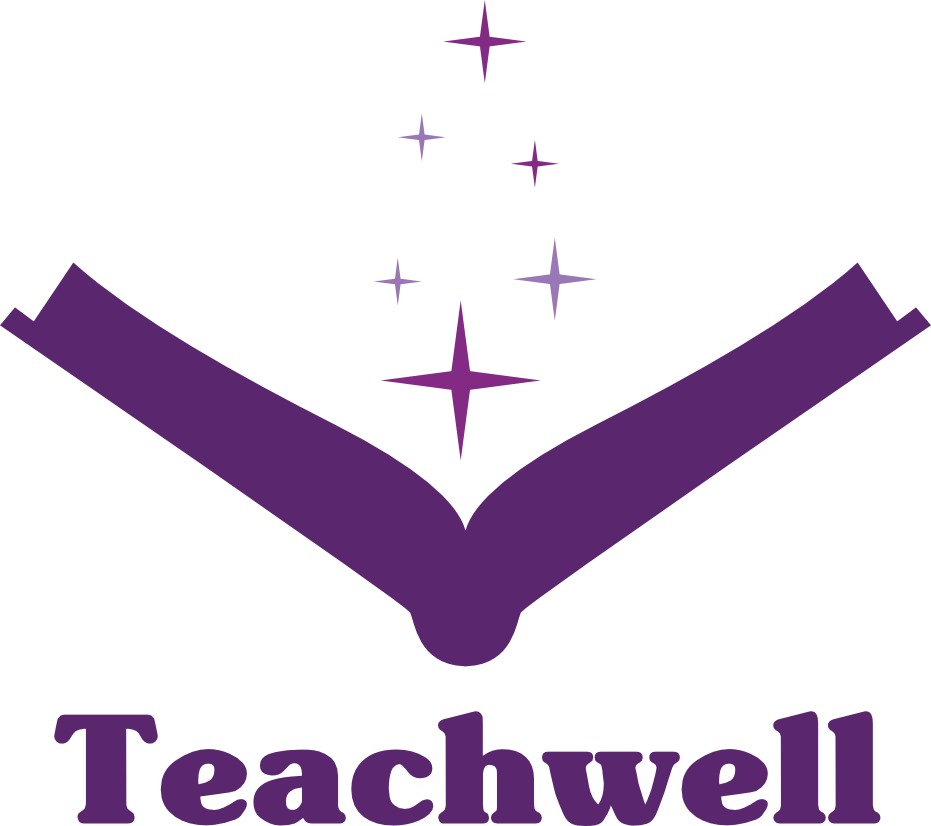Why Don’t Intervention Strategies Use Progressive Methods?
If a child can’t learn the way we teach, maybe we should teach the way they learn.
Ignacio ‘Estrada
Hands up if you have worked, or are working, in a school that has Estrada’s quote proudly displayed as an inspirational poster?
Well, inspirational for the progressive teacher maybe. I always saw it as a lament aimed at anyone who dared still use traditional methods; we should all know by now that children simply don’t learn that way. Instead, we should know to teach them using progressive methods because that is the way they learn.
If this is true, then why don’t intervention programmes use ‘child-centred’ progressive methods. Now there are interventions that promote themselves using progressive terminology, which is understandable in the current educational climate, especially in primary schools. But these words just hide the reality of highly structured, explicit/direct instruction programmes they are.
Take ‘Speed Up,’ which markets itself as a ‘kinaesthetic’ programme to develop handwriting (I’m not sure how handwriting can be anything else). I taught it as an assembly time intervention for six months. It involves exercising the relevant muscles through press ups for example. Then explicit instruction and modelling, then practice, practice, and yep you guessed it, more practice. While I had to adjust timings, I did follow the methods to the ‘t.’
Numbers Counts, a widely used maths intervention in primary schools, is another case. Its website states clearly children will engage in ‘active learning.’ I observed my TA (at the time) teaching this intervention on some occasions while on PPA.
By ‘active’ it meant participating and that the children sometimes play games, (they also write cute postcards about what they had learned, which they give to the teacher or their parents). This is very much a direct instruction programme focused on closing gaps in knowledge. The lessons plans are highly detailed, and they need to be followed step by step. The children repeat and reinforce the knowledge they learn until they are secure.
If discovery is better than using traditional methods, then why is it not the basis of this intervention? At most there are four children in a group with one adult, much better odds of being responsive to each child and facilitating their learning.
All the successful interventions I have seen/used follow the same pattern. Explicit/direct instruction and modeling, followed by children repeating, reinforcing and practicing until they get it.
This begs the question:
Why don’t we just cut out the (intervention) middle man and teach using traditional methods in the first place?
It seems insane to show using progressive methods and then, when these methods fail, send children to learn via traditional methods in an intervention group. What a waste of time, energy, effort and money.[/vc_column_text]
Let’s update the quote shall we:
“If a child can’t learn the way progressive ideologues believe we should teach, maybe we should ignore them and teach traditionally because that is the way children learn.”
Tarjinder Gill



